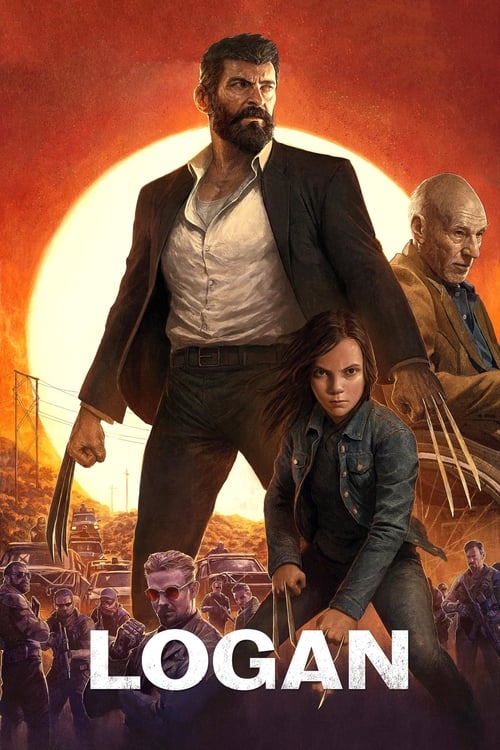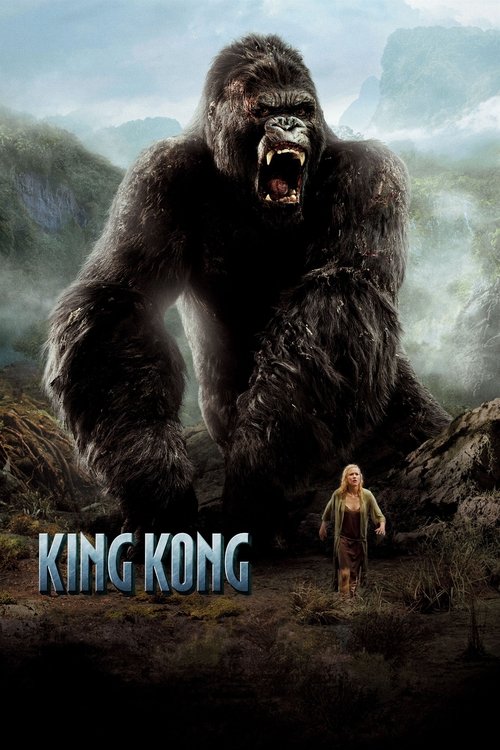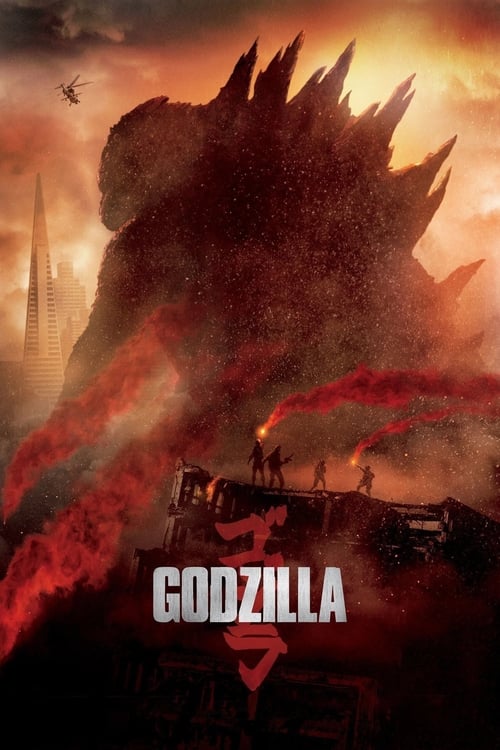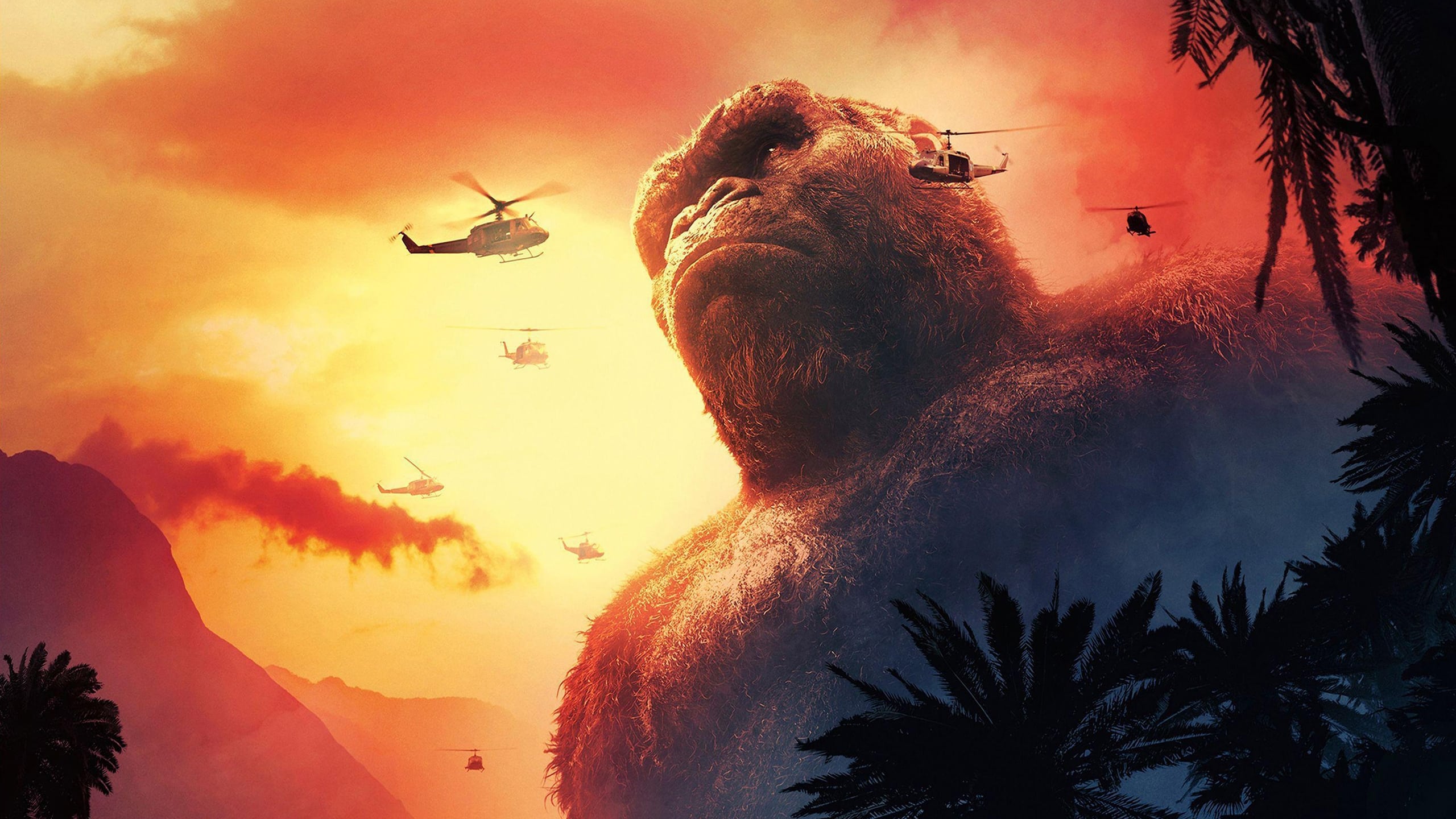
2017
Kong: Skull Island
Action, Adventure, Fantasy
7.0
User Score
10847 Votes
Status
Released
Language
en
Budget
$185.000.000
Production
Legendary Pictures, Tencent Pictures
Overview
Explore the mysterious and dangerous home of the king of the apes as a team of explorers ventures deep inside the treacherous, primordial island.
Review

in_the_crease
6.0
Don't let the title and promotional material fool you: Kong Skull Island is more military commentary and homage to Apocalypse Now than simply _another_ King Kong movie. In that sense it brings something new and fresh to the series, and is also very much a period piece--a period that all too recently seemed to be contemporary history, not the distant and unfamiliar past in which the film takes place.
After a prologue set during WWII, the current setting of the film opens in the waning days of the Vietnam War. While plenty of films have explored the war in Vietnam, Kong eschewed using combat or anti-war demonstrations on the homefront as the focal point. The Draft, flag burnings, use of the term "Charlie," etc are all absent from the film. Instead, it takes the unique perspective of war from an elite group of soldiers contemplating going home--back to "The World." While some characters look forward to reuniting with friends and family, the contempt for the army and the war that is seen in other Vietnam movies is also absent. These guys are soldiers and they are proud of that; it means something. Their commander is portrayed as an old war horse who is contemplating a future with no war to fight.
In the midst of all this, two scientists named Bill Randa (John Goodman) and Houston Brooks (Corey Hawkins), lobby to have a military escort assist them in exploring an uncharted island. Randa and Brooks assemble their team which consists of tracker James Conrad (Tom Hiddelston) photographer Mason Weaver (Brie Larson) a geologist San (Jin Tian) and a few other scientists not fleshed out enough to even remember.
They meet up with Lt. Col. Packard (Samuel L. Jackson) and the the soldiers we met earlier in the film. With all these convenient characters in place, the movie really begins.
The film shifts gears from being a period piece that goes out of its way--sometimes with distracting effect--to showcase outdated technology (a scene in which the camera pans to a table of rotary phones and then lingers for a few seconds comes to mind), to a Tarantino-esque homage to Vietnam War movies. The cinematography is excellent. Jordan Vogt-Roberts makes good use of the physical environment (coincidentally, Vietnam) and made me realize just how in need we were of a beautiful Vietnam War movie in the age of 4K and Real 3D.
Complete with Credence Clearwater Revival and Jefferson Airplane songs, equipment-laden soldiers marching through swamps, dogtags clinking together, their helmets advertising what they decided to scribble on them, the jolly Green Giant presses on through the jungle--the director's love of Vietnam War movie visuals on full display, the movie moves along with great fun.
However, when the titular character first shows up, the action-packed visuals begin to detract very quickly from the mood Jordan Vogt-Roberts established in the first third of the movie. In the excessive age of more is better, the movie stumbles a bit, threatening to collapse under the weight of its title monster.
Thankfully Kong is reigned in and the human characters are able to command some attention. At this point, the camp is divided in two: Military vs. Civilian. While the Army soldiers are on a rescue mission to bring back one of their own, the civilian folks meet up with the island's native population--including a downed WWII pilot (John C. Reilly) who's been on the island for 30 years. Through him we learn that Kong is a protector of the island. That he is, in fact, not the monster at all.
Packard is not having any of this, of course, because Kong killed some of his men. This is where the movie makes its statement. Kong is the combatant that fights to protect the natives--much the way Packard and his men are portrayed. Packard mentions that soldiers do the dirty work so our friends and family back home don't have to be afraid. In this, Kong and Packard have a kinship--common ground shared by all soldiers: They do the dirty work so you don't have to. Unable or unwilling to see this, Packard decides to wage a personal war against Kong.
This is unwise as Kong protects the island from "Skullcrawlers"--massive lizard-like creatures who would eat any living thing on the island if not for Kong's presence.
The civilians begin to see Kong as not only necessary, but as compassionate and humane. He saves a trapped water buffalo, marvels at the sight of the aurora borealis, and has a brief but tender moment with Conrad and Weaver. He is the soldier whom, during a lull in the battle, is shown as a well-rounded individual, a reminder that being a soldier is something one does; not something one is. This is also true of other soldiers in the film, such as Cole and Mills. Packard, however, has gone off the deep end. A showdown between he and Kong is inevitable, and with Kong out of commission, the Skullcrawlers are able to run amok and create problems for our heroes.
At this point Kong is miraculously resurrected to save the day because the scrip said so. And he does. And the film ends on the sappiest, corniest, and most contrived of happy Hollywood endings.
Where the film works, it works well. Its commentaries on soldiers and soldiering are interesting without being heavy handed. Despite the Vietnam backdrop, Jordan Vogt-Roberts avoids making a commentary about the Vietnam War specifically, avoiding political controversy in the process. The actors make good use of what material they have to turn in decent performances. In a movie with Brie Larson, Tom Hiddelston and Samuel L. Jackson, it's John C. Reilly, Jason Mitchell and Shea Whigham who steal the show. Also, Kong looked terrific. The CGI work is better than what the Peter Jackson remake gave us--though the Skullcrawlers looked laughably cartoonish.
But, the movie has its faults as well. Its parallels to Apocalypse Now can be distracting at times. As is common with ensemble pieces, there are too many characters on the screen for any one of them to get enough screen time to become memorable. Hiddleston in particular had the least material to work with. His character--such as it was--had no depth or personality. He was simply action movie trope. The interactions between Larson and Kong only work because we know that King Kong has always been a Beauty and the Beast tale. It's forced. Giant ape and pretty blonde get along, because it's a Kong movie. For the uninitiated, it could just feel jarring and uneven.
All in all, the film succeeds as a blockbuster to eat popcorn to. Yet it tries, with varying degrees of success, to reach beyond that. While Kong deserves an A for effort, a B- is all it achieves in its execution. Also, the interesting and unique aspect of combining Vietnam War movies with the Kong mythos is highly rewarding for the audience.
Better than average, but still far from perfect.
Read More 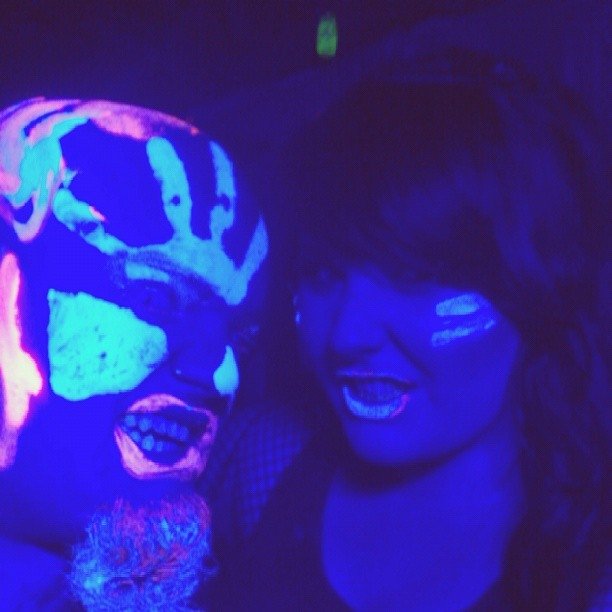
Ruuz
6.0
Thought that Peter Jackson's _King_ _Kong_ movie could have done without the entire first act? Though that the _Godzilla_ movie set in the same universe should have shown their big beastie a whole lot more? Well _Skull Island_ fixes those problems, and replaces them with a whole bunch of new ones!
I had a lot of fun though. So it passes into the realm of a positive review by the skin of its octopus-riddled teeth.
_Final rating:★★★ - I personally recommend you give it a go._
Read More 